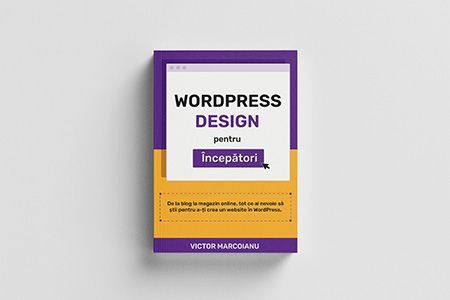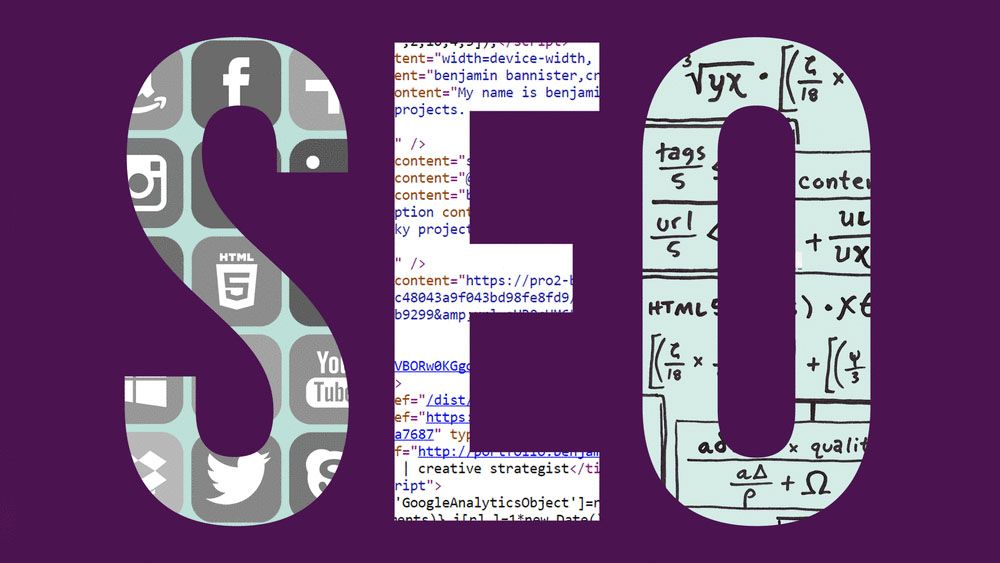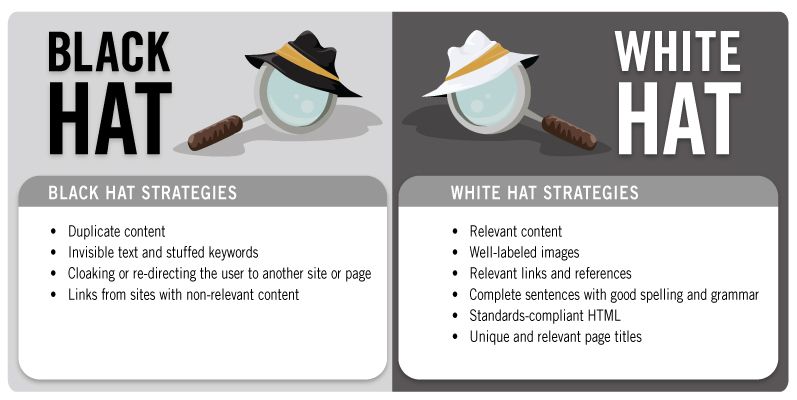
Web Maintenance: Is Your Website Up to Date?
28/08/2018
Web Maintenance: Is Your Website Up to Date?
28/08/2018SEO optimization – What is it and how does it affect Google listings?
For the first article published on the SenDesign Blog, we chose a very important topic for anyone who wants to work in the online environment for whatever purpose. As you probably guessed, it’s about SEO Optimization.
SEO (Search Engine Optimization) is a technique used by designers and web developers to optimize a website for search engines. This emerged in the mid-1990s and gradually became an independent craft. The reason why SEO optimization has become more and more popular is due to the excessive clutter of web space.
What Does SEO Optimization Help?
To fully understand the importance of this technique, we first need to look at what a search engine is and how the web works.
Search engines are robots that index websites over the internet. This indexing takes place according to certain criteria. When you search on a search engine like Google, several websites are being interrogated. The order in which websites are displayed depends on how well they meet the search engine criteria. The more a site meets multiple criteria, the better the position.
SEO optimization requires compliance with search engine criteria. A better position on the display pages means more traffic. More traffic means more customers, so a bigger profit.
Most users do not go through the first page of results when performing a search. The lack of SEO optimization has serious repercussions on a website. It will not appear on the search pages or will be in a very bad position. So the success of a website is measured in the position occupied on the results pages. In an increasingly crowded Internet, SEO optimization is crucial to any business.
How to SEO optimize a website?
Currently, the most popular search engine is Google, competition occupying a very small market share. As a result, we will take the Google SEO criteria as a reference. There are two types of optimizations: On-Page and Off-Page.
ON-Page SEO Optimization
It is the sum optimization development team it performs on the web pages itself. These are:
- Keyword Density. For each page one or more keywords relevant to the content are selected.
- The presence of metadata containing the keyword/keywords.
- An appropriate title.
- SEO Friendly URL. The website page address must contain the keyword.
- Presence of headings h1, h2 … h6. Ideally, it would contain the keyword (s).
- A minimum of 300 words.
- Mobile Responsiveness. Google looks at the page layout on mobile devices.
- Loading Speed. A slow website will be penalized in the search results pages.
- Images with the tag alt.
- Website size. A large, up-to-date website has as many times as much a chance as a website with few pages unchanged since its release.
There are also other purely technical criteria that web developers should know.
OFF-Page SEO Optimization
It’s a mean of promotion that does not involve the SEO expert or the development team but to the marketing department. Search engines are trying to find relevant signs about the quality of content on the website. These signs refer to the quality and popularity metrics that are analyzed by the number of links that lead to the page analyzed, the context, the author of the sources, the total traffic to the page, and the activity in the social environment (like, share, comment, tweet, etc.).
SEO techniques
Depending on the degree of morality in applying search engine criteria, there are three types of SEO techniques:
- White Hat SEO: represent the promotion methods and methodologies that meet the search engine requirements and requirements.
- Black Hat SEO: methods of manipulating search engines with regard to the relevance of the website. This involves intensive keyword use and hiding, duplicate content, serving different content to human visitors, indexing, redirecting to other pages, buying links, etc.
- Grey Hat SEO: is the combination of the two techniques. Although theoretical moral techniques are used, some of them could be sanctioned if detected.
Among the listed methods, the most effective long-term SEO Optimization is White Hat. It will prove its effectiveness over time and does not subject the website to the risk of sanctions.
Technical or random?
Google said there are over 200 indexing criteria for websites, 100 of which are classified. All we can do is respect the criteria and guidance offered by search engines and create quality content.
Keyword planning plays a very important role and should not be neglected. Especially because there are a lot of tools that help us make all the complicated calculations for us. For example: Google Keyword Planner, Keyword Tool.io or The Hoth Keyword Research.
Another important tip: Designs website content for people not for robots. Google is getting better and better every day. Based on artificial self-learning intelligence (autodidact), it can identify websites whose content is not addressed to visitors or engines.
Technical problem solving is a priority! All pages and links inside the pages must be functional. The speed of the website must be appropriate and all technical features met. We will discuss more about this in a future article.
Security plays another important role. Flash files are considered unsafe and should not be used. New Chrome versions will mark SSL-free websites as unsafe, so obtaining a certificate and redirecting content to the HTTPS protocol will become imperative.
If the techniques used for SEO Optimization seem difficult, or after all, you still have problems with indexing in search engines, consider hiring an SEO expert.












